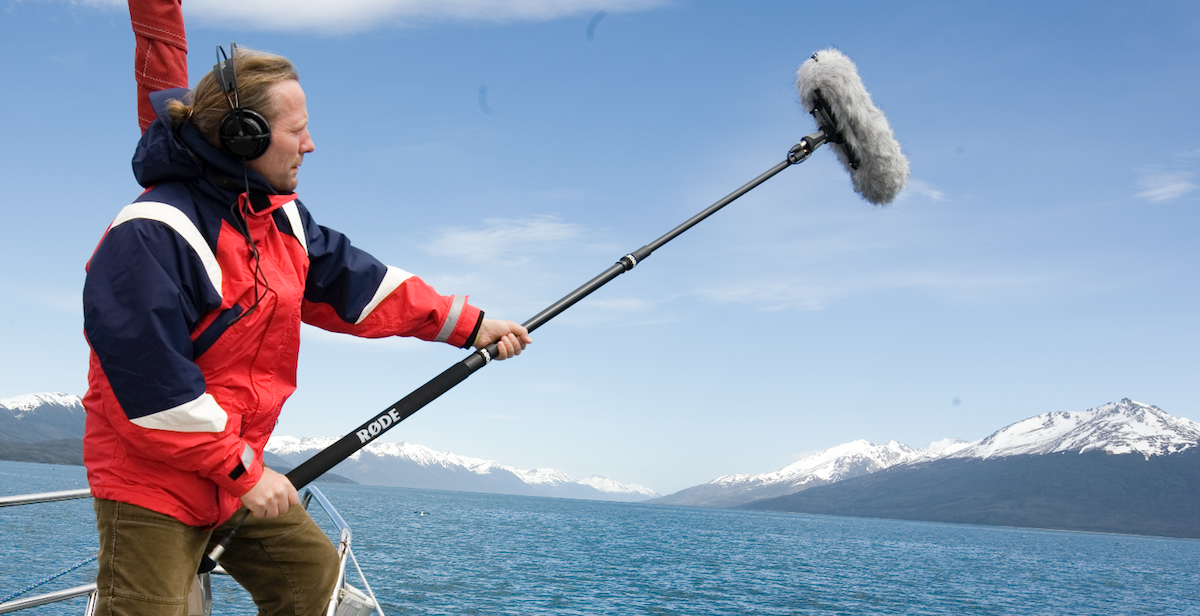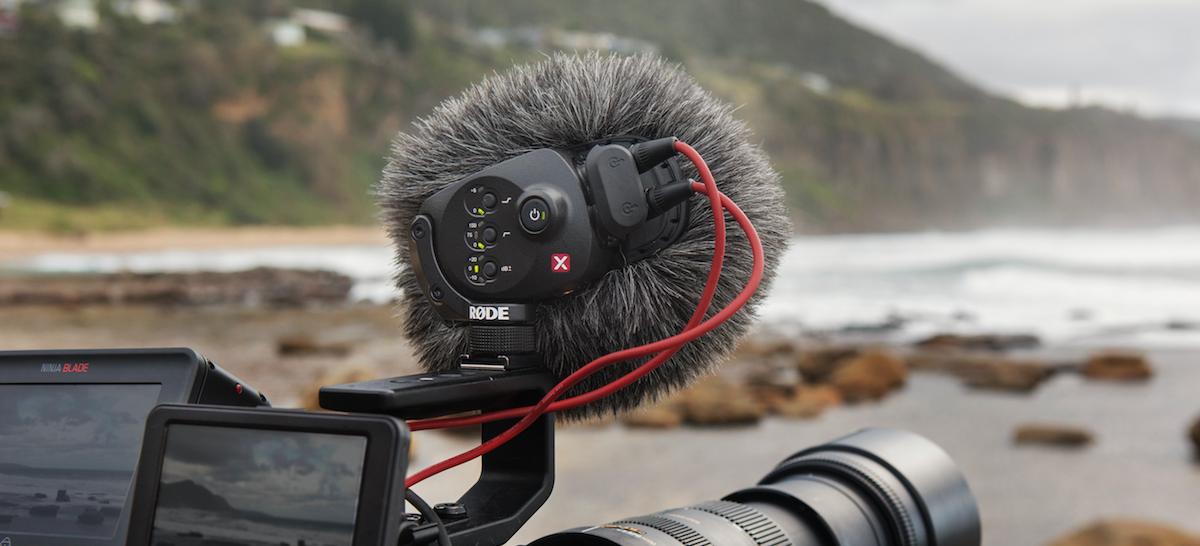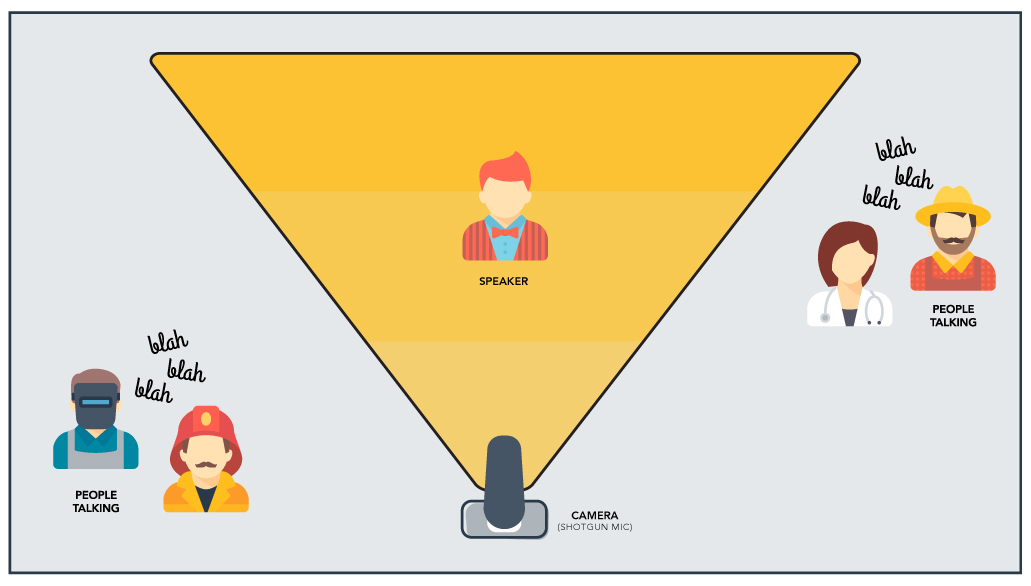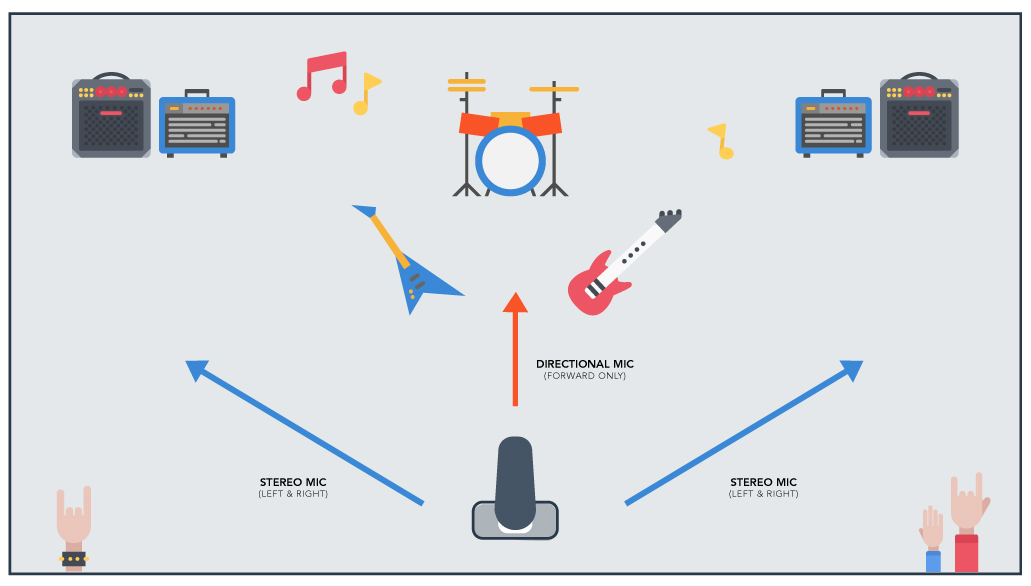Audio For Film 101: Mono vs Stereo - Which VideoMic Do I Need?
One of the most common questions we receive at RØDE is: “Should I use a Mono or Stereo Microphone? Which is better, and why?”
To an audio newcomer, the answer may seem pretty obvious: stereo always sounds better than mono, right? And seeing as a stereo mic generally has a higher price tag, it must be better, right?
Unfortunately, it is not that simple. Both types of microphones exist for specific reasons, and the reason you would use one over the other will depend on your recording situation and environment.
So, how do you know which is most suitable for you?
Before you choose, you will need to think carefully about the sound source you wish to record, the environment it is in, and any possible noise – both wanted and unwanted – in close proximity. These factors, combined with a basic knowledge of the directional properties of each microphone type, will give you a good platform to make an informed decision, and get the best possible results for your recording.
First, let's take a look at the directional properties of each microphone type.
Mono Microphones (Also Known as Directional Microphones)

Put very simply, a mono microphone uses a single microphone capsule to record a single track of audio. This one capsule is almost always facing forward, designed to be pointed at the desired sound source, and for this reason, mono microphones are also known as “directional” microphones.
These mics are best suited to situations when you only want to focus on sound coming from one specific source, usually in front, whilst largely ignoring the sound coming from other directions, like to the sides and rear of where your mic is positioned.
Some common examples of this in a music or studio environment are the RØDE NT1, or NTK or NT5 Microphones. In the broadcast or video spheres, common examples are the NTG3, NTG4, VideoMicro or VideoMicPro+.
For more information on directional microphone types, check out our previous blog post on polar patterns.
Stereo Microphones

Stereo microphones, as the name suggests, use two separate capsules to record two tracks of audio. These capsules are typically in a fixed arrangement, facing to the left and right of the mic position, giving you a more natural-sounding recording that mirrors to how our ears hear sounds to our left and right.
These microphones are fantastic for capturing the natural ambiance of a space or environment when you do not need to hone in on a single sound source.
A common capsule arrangement in a stereo mic is an “X/Y” arrangement, which is used in the RØDE NT4, iXY, and Stereo VideoMic models. The “X/Y” technique is also discussed our blog post on polar patterns.
Now, let's apply these mics types to two very common yet contrasting recording situations: an outdoor interview and live music.
Example No 1 – Interview Situation (Outdoors)

In a typical interview situation, as shown above, the talent is facing the direction of the camera, with their speech being the main focus of the recording. As we are in an outdoor location, there may be some unwanted noise from traffic or other people talking in the background that, as much as possible, we do NOT want to record.
If we approach this situation with a stereo microphone, we will be capturing audio from the left and right of the camera's position. This will not give us the desired result, as the interviewee will be drowned out by this noise.
By using a mono/directional microphone, we are able to focus solely on the interviewee speaking to the camera, and ignoring the surrounding noise from traffic and other noise. This will capture the attention of the audience much more effectively, and provide a clear audio track to accompany our video.
In this situation, or any similar example, where your desired sound is coming from one specific direction, a mono microphone will be the ideal choice.
Example No 2 – Live Music on a Wide Stage

In this example, we see a typical live music setup, where a band is playing on a relatively wide stage. Spread out across the width of the stage are the various instruments, vocalists, and PA speakers on either side. The width of this stage is important, as the sound of each band member (amplified or not) will be spread out from left to right, creating what is known as a "wide stereo image".
If we approach this situation with a mono microphone (shown with the red arrow), we are only capturing audio from one specific area of the stage, largely ignoring the sound information from the fringes. The resulting audio will sound unbalanced, with certain sounds largely missing from the recording – far from an ideal listening experience!
By using a stereo microphone (shown with the blue arrows), we are now capturing a wider spread of sound, using both the left- and right-facing capsules. The resulting audio will be a more balanced and realistic representation of what we may be hearing in the room as an audience member, as every instrument will be present in the recording, with no emphasis on one particular sound source.
In this example, or any other situation where a wide sound field needs to be captured or the natural ambiance of the recording environment is important to the audio, a stereo microphone will be the ideal choice.
So, as you can see, it's not always the more expensive or complex stereo microphone that is the “better” option. Of course, mics selection is not the only thing to consider for any recording task, but understanding how your microphones work, and how they are best utilised will give you a good starting point for any project.
Check out our range of mono and stereo VideoMics here and our range of studio mics here.